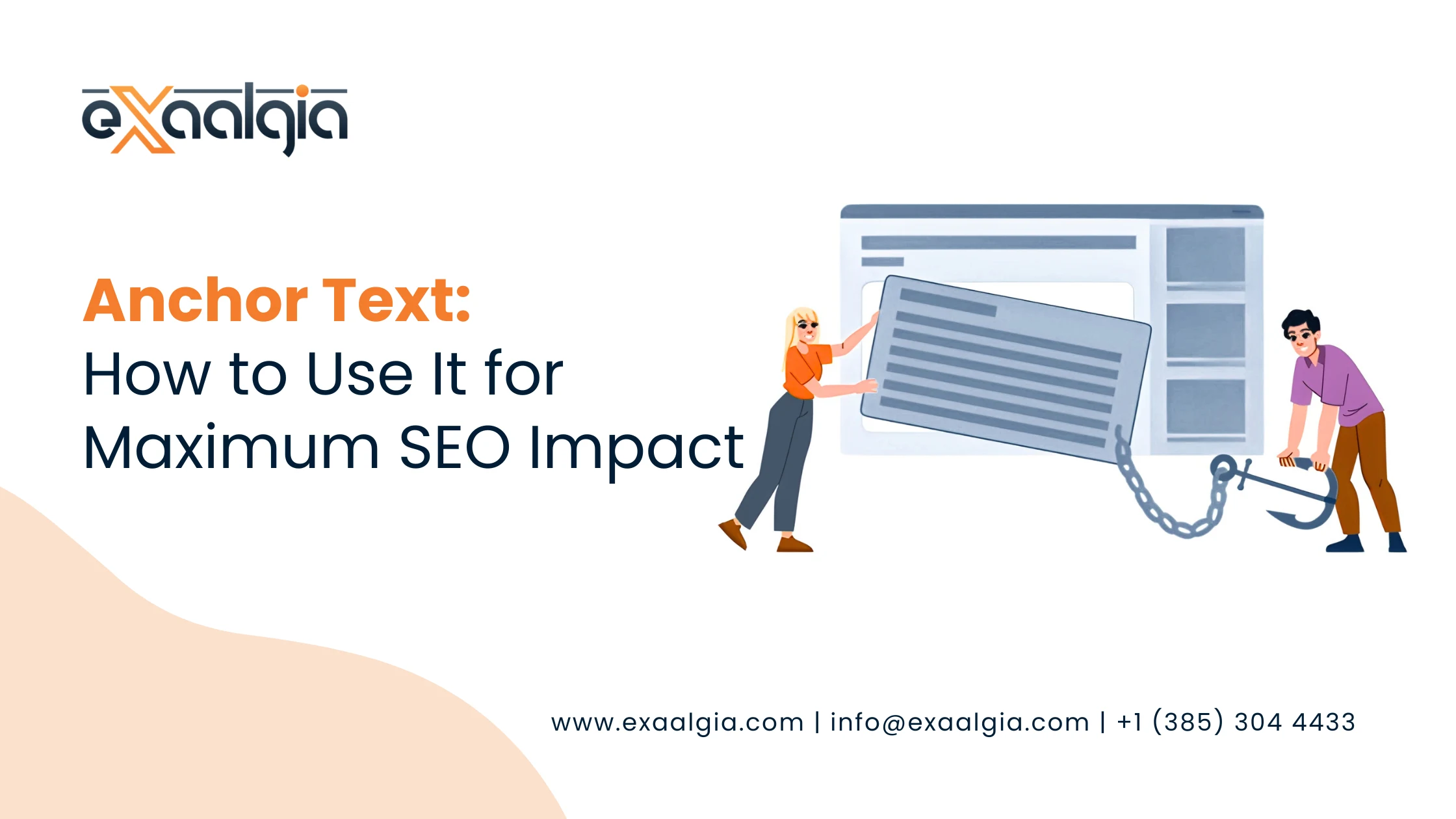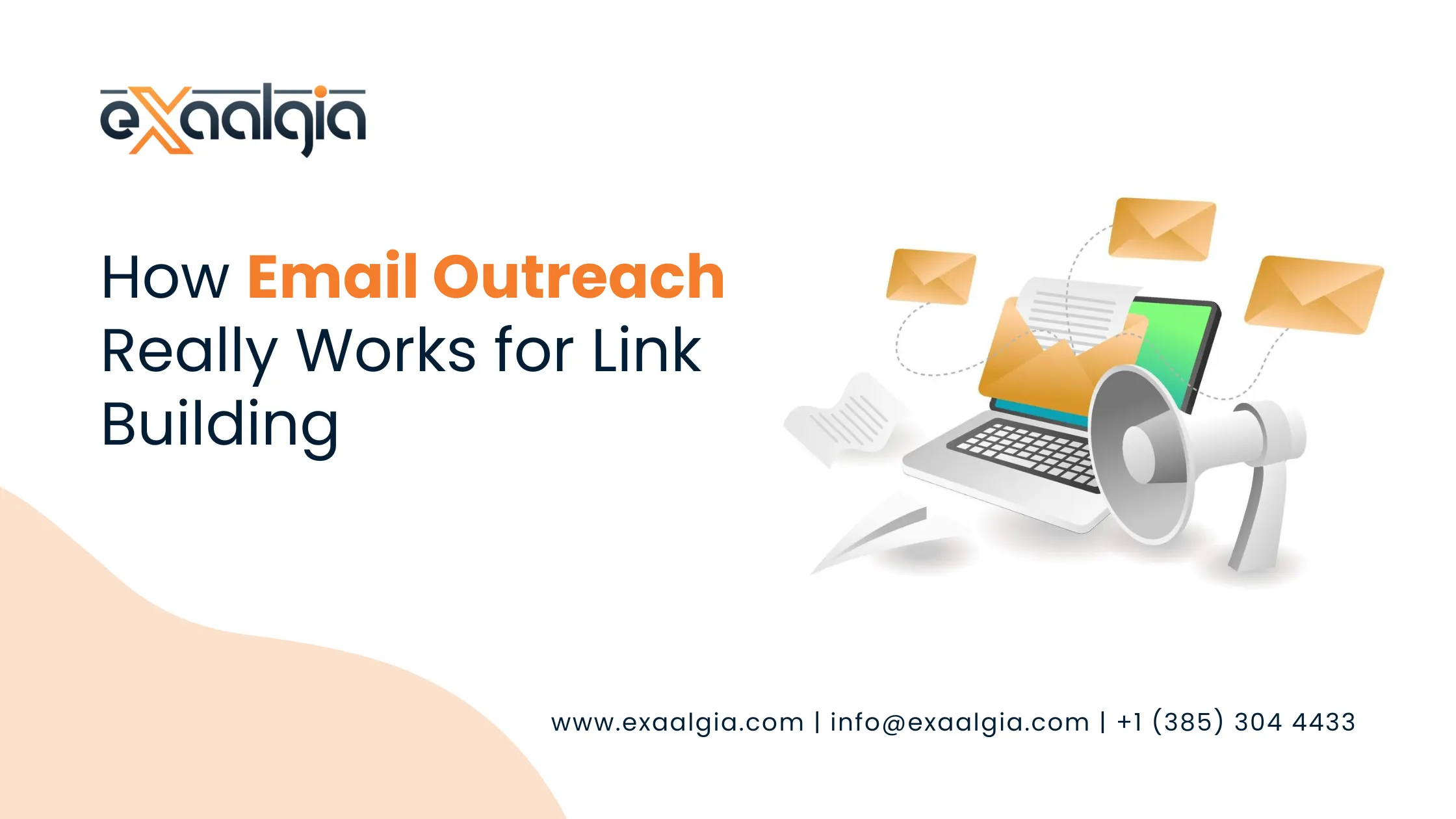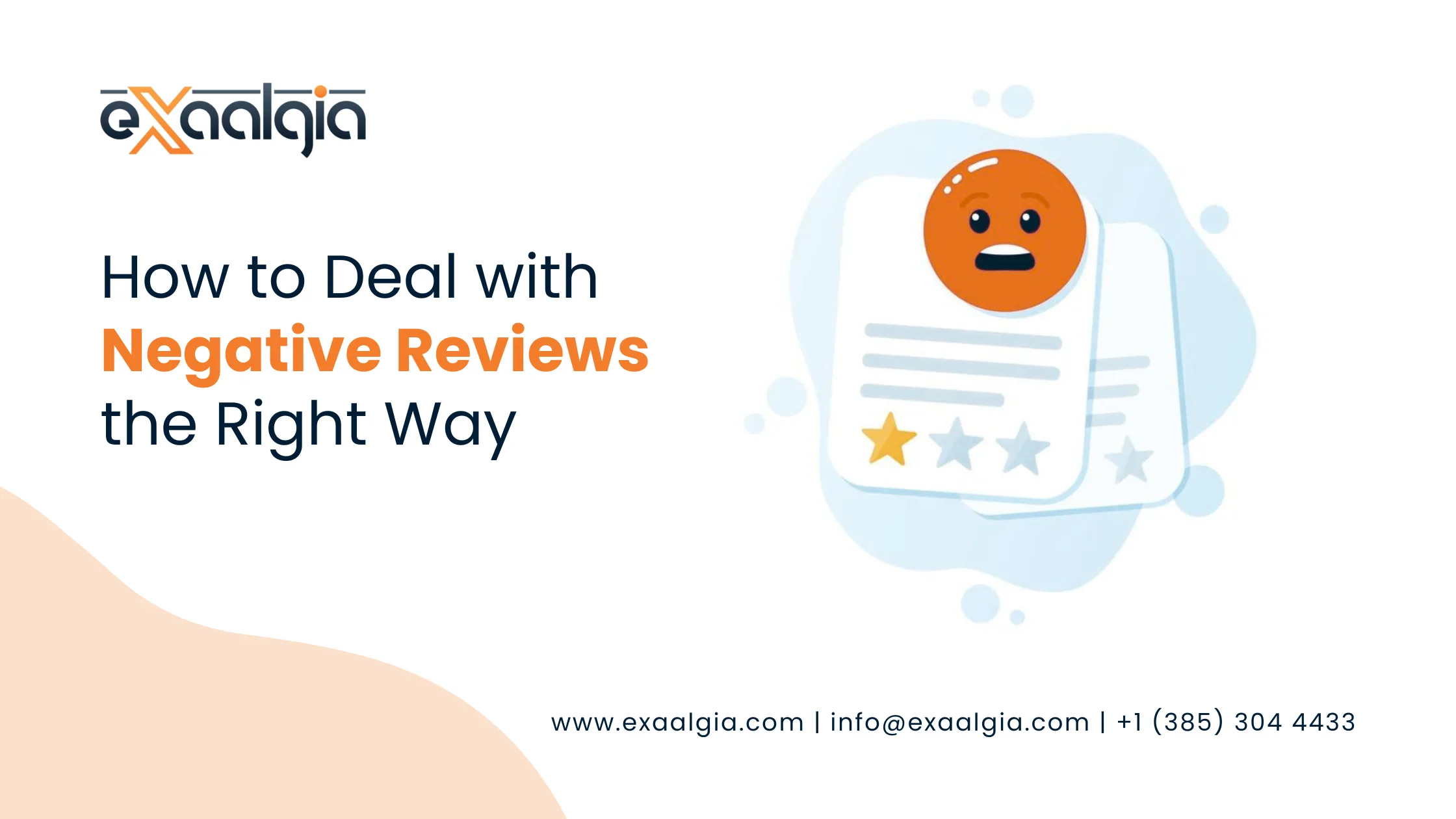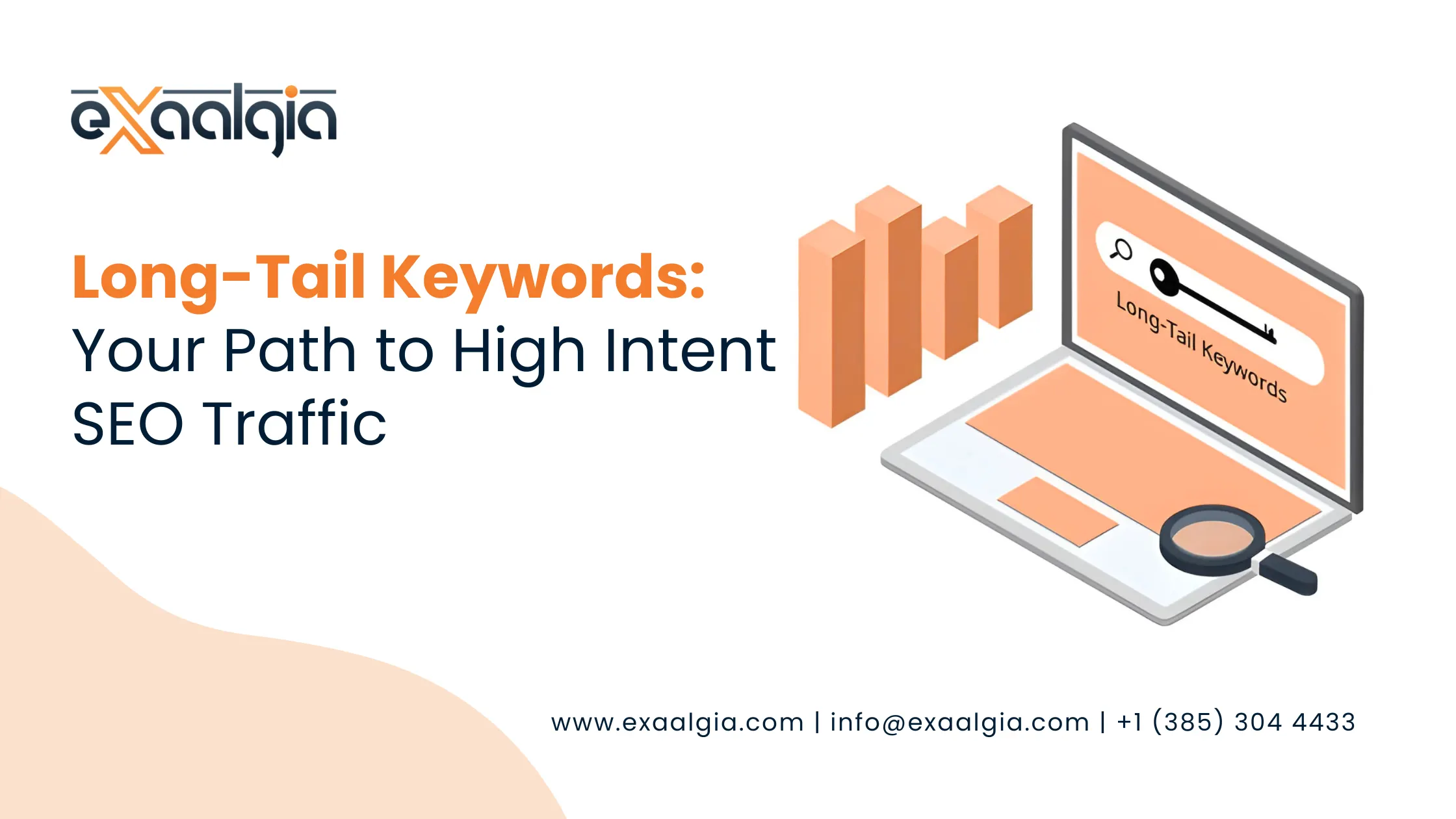In this blog, we are going to dissect exactly what anchor text is, why it’s so important for SEO, and how you can wisely utilize it for internal and external links. By the end of this, you’ll have a clear idea of how to get your anchor texts to do more work for you.
What Is Anchor Text?
In short, anchor text is the hyperlinked phrase you click in a link, the words you click to transfer from one page to the next. For example, if you click “learn more about SEO” to open a new page, that sentence is your link text.
Anchor text is read by search engines to know what the target page is about. When several sites link to your page using the same anchor text, Google guesses that your page relates to that particular topic. And when you apply clickable text to internal links (links from one page on your website to another), it makes it easier for search engines to know how your content relates.
Why Anchor Text Matters
Anchor text assists in two important respects: SEO and usability.
As a user, it’s easy, plain and explanatory anchor text lets someone know precisely where they will end up in case they click the link. It makes your content more enjoyable to navigate and less likely to bounce.
From an SEO perspective, hyperlinked phrase facilitates relevance understanding for search engines. Suppose various websites link your page as “SEO strategies for 2025.” Google will attribute your page heavily to that term. It also assists in dispersing link authority (also referred to as “link juice“) around your site, transferring ranking strength between pages.
Understanding Anchor Text Variations for Better Optimization
Here are the main types of anchor text you’ll commonly use:
Exact Match: The link text includes your target keyword exactly. Example: linking to a page about email marketing tips using “email marketing tips.”
Partial Match: A variation of your main keyword, such as “best tips for email marketing.”
Branded Anchor: Uses your brand name, like “Exaalgia Digital Marketing Services.”
Naked URL: The actual web address, for example: “www.exaalgia.com”
Generic Anchor: Phrases not descriptive such as “click here” or “read more.” These are useful for usability but contribute little to SEO.
Image Link: When an image is clickable, Google takes its alt text as the anchor text context.
Combining these forms is vital. It makes your link profile natural and safeguards you against over optimization or spam signals.
The Role of Anchor Text in Internal Linking Strategy
Internal linking is probably the least celebrated SEO strategy available. When you link from page to page on your own site using applicable anchor text, you make it easier for Google to comprehend your site structure and keep your visitors interested.
Here’s what it takes to make it work:
Use anchor text that tells readers what the linked to page is about, not phrases like “click here.”
Keep it conversational. For example: instead of “click here to see our SEO audit guide,” simply write “see our comprehensive SEO audit guide.”
Don’t clutter one page with loads of links or using the same anchors all over the place, that can seem spammy.
It’s a good habit to check through internal links from time to time. Refresh or delete ones that no longer suit your site structure or content direction.
How to Get External Anchor Text That Boosts Authority
External links or backlinks, links from other websites to your own, have a significant SEO weight. If other websites link to your content with appropriate anchor text, it indicates trust and topic authority to search engines.
For instance, if some authoritative sites link to your post with “SEO audit tools,” that can improve your page ranking for the same keyword.
But if the anchor text seems to be manipulative (such as repeating the same keyword dozens of times), it may trigger Google’s alarms. To be on the safe side:
- Be natural with backlinks.
- Diversify your anchor text.
Use tools such as Google Search Console, Ahrefs, or SEMrush to keep track of which anchor texts other websites use to link back to you.
Top Anchor Text Errors That Hurt SEO Rankings
A lot of website owners inadvertently sabotage their SEO by poor anchor text behaviors. Be on the lookout for these traps:
Too consistent with exact match keywords: It may be clever, but excessive uniformity can appear artificial.
Too much dependence upon generic terms: “Click here” is useless to users in terms of what it links to.
Not optimizing for mobile: On mobile devices, anchor text must be readily tappable.
Skipping alt text for image links: If alt text or image alt tags are not present, search engines can’t interpret what the image link is about.
The Right Way to Optimize Anchor Text for SEO
The trick to intelligent anchor text optimization is to find a balance.
It must sound natural, be in line with the flow of the sentence, and provide users with a good idea regarding the next page.
Some quick tips follow:
- Keep anchor phrases short (4-5 words is perfect).
- Don’t keyword stuff, emphasize context and readability.
- Utilize a natural blend of branded, partial, and exact match anchors.
- Periodically audit links to eliminate broken links and update stale references.
Carefully optimized clickable text has the power to enhance rankings, decrease bounce rates, and simplify your site navigation.
Tools to Analyze Anchor Text Performance
To master anchor text, use SEO tools that monitor your link profile
Google Search Console: Excellent for comparing internal and incoming anchor texts that are generating the most clicks.
Ahrefs: Best for analyzing how your site (and others) employs anchors in backlink profiles.
SEMrush: Assist in tracking keyword placement and discovering new link opportunities.
Regularly checking this data maintains your anchor strategy clean and effective.
Anchor Text in SEO: What You Should Remember
Anchor text may seem like a minor thing, but it’s a huge indicator for users and search engines alike. It enhances your site structure, establishes credibility, and distributes authority throughout your pages.
Make it relevant. Make it natural. And check it often.
When executed properly, anchor text is a subtle but powerful force behind improved SEO rankings and user experience.
Anchor Text FAQs
What is the optimal length for anchor text?
Anchor text should typically be brief, four or six words. Any shorter and it’s too ambiguous, any longer and it won’t appear natural or clickable.
How much exact match link text is okay for SEO?
Strive to limit exact match anchors to around 5% of your external links. Utilize more partial match, branded, and generic anchors to create a natural profile.
Will too many “click here” links damage SEO?
Yes; excessive use of generic clickable text such as “click here” squanders SEO opportunities and doesn’t enable users to see where the link is going.
Do internal and external links behave differently with respect to anchor text?
Both internal and external anchors play a role, but external anchors (sites linking in) are more significant to Google’s rankings. Internally, explanatory anchors inform search engines and users about site architecture.
Is using keywords in anchor text safe?
Yes, anchors with keywords are fine, just don’t stuff or repeat the very same phrase all over the place. Find balance.
Should image links contain anchor text?
Image links do not display link text, but the alt attribute on the image serves as the search engine’s anchor, so always include relevant alt text.
How do I view my site’s link text profile?
Use tools such as Google Search Console, Ahrefs, or SEMrush to monitor what anchor texts are receiving clicks and how your profile compares with competitors.







